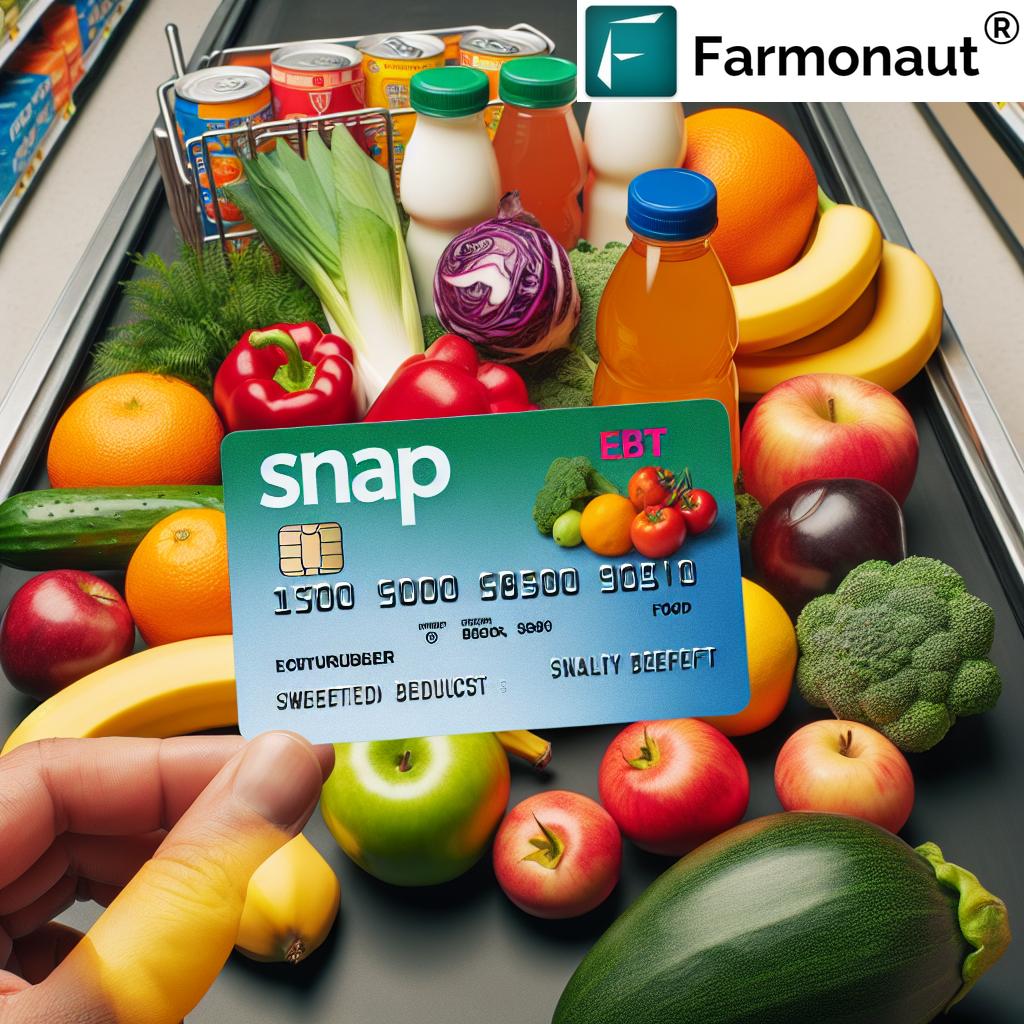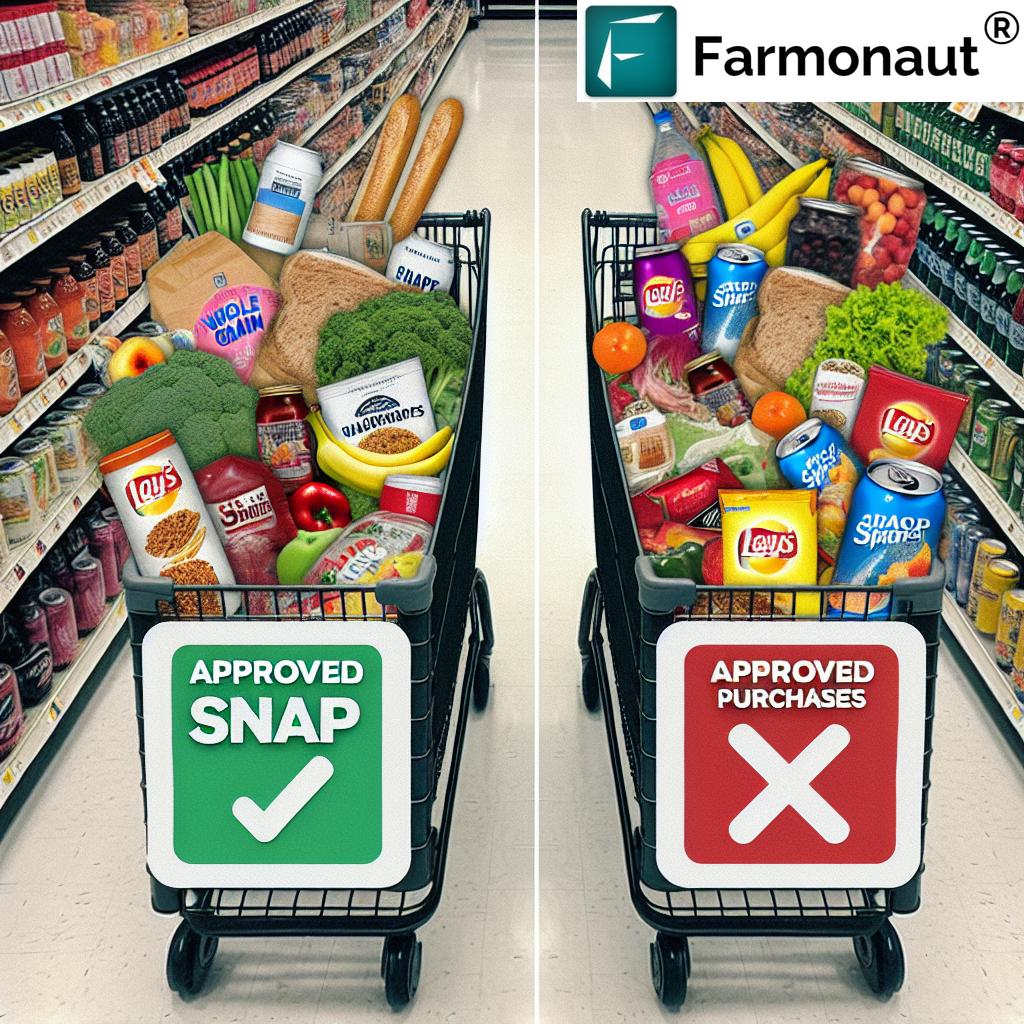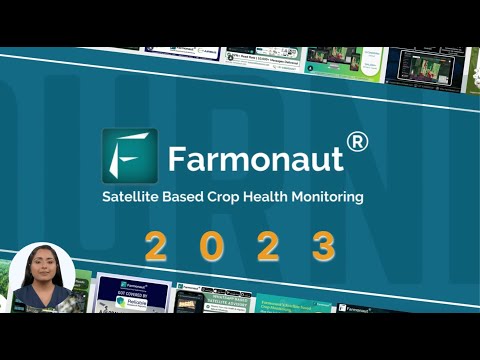SNAP Benefits Under Scrutiny: Washington Considers Ban on Sugary Drinks for Food Assistance Program
“SNAP benefits support over 42 million Americans monthly, costing more than $112 billion annually.”
In a significant development that has sent ripples through the food assistance landscape, Washington is considering a major change to the Supplemental Nutrition Assistance Program (SNAP), commonly known as food stamps. The proposed modification aims to ban the purchase of sugary drinks using SNAP benefits, sparking a heated debate about nutrition, public health, and the role of government in dietary choices.
As we delve into this complex issue, we’ll explore the potential implications of this policy shift, its impact on beneficiaries, and the broader conversations it has ignited about health and nutrition in low-income communities.
Understanding SNAP and Its Current Structure
Before we examine the proposed changes, it’s crucial to understand the current structure and significance of the SNAP program.
- SNAP is a federally funded nutrition assistance program overseen by the United States Department of Agriculture (USDA).
- It provides low-income households with a payment card, similar to a debit card, which can be used to purchase eligible food items.
- Currently, SNAP benefits can be used to buy a wide variety of food products, including fruits, vegetables, meat, dairy products, and even snack foods and non-alcoholic beverages.
The program’s flexibility has been both praised for allowing beneficiaries to make their own food choices and criticized for not promoting healthier eating habits more actively.

The Proposed Ban on Sugary Drinks
The recent announcement from Washington has brought the spotlight on a potential significant change to SNAP:
- The proposal seeks to ban the use of SNAP benefits for purchasing sugary drinks, including sodas like Coca-Cola and Pepsi.
- This move is part of a broader initiative to promote healthier food choices among SNAP recipients and address public health concerns related to sugar consumption.
- The state of West Virginia has submitted a waiver request to implement this ban, with other states being encouraged to follow suit.
This proposed change has ignited a passionate debate about the role of government in dietary choices, the effectiveness of such bans in promoting health, and the potential impact on SNAP beneficiaries.
The Rationale Behind the Proposed Ban
Proponents of the ban argue that it aligns with the program’s goal of promoting nutrition and health among low-income populations. Here are some key points supporting the rationale:
- Public Health Concerns: Excessive consumption of sugary drinks has been linked to obesity, diabetes, and other health issues, which are often more prevalent in low-income communities.
- Nutritional Value: Sugary drinks provide empty calories with little to no nutritional benefit, contrary to the program’s aim of providing nutritional assistance.
- Resource Allocation: Banning sugary drinks could potentially redirect SNAP resources towards more nutritious food options.
- Long-term Health Benefits: Advocates argue that reducing sugar intake could lead to improved health outcomes for SNAP recipients, potentially reducing healthcare costs in the long run.
By implementing this ban, policymakers hope to nudge SNAP beneficiaries towards healthier choices, ultimately improving their overall health and well-being.
Potential Impacts and Concerns
While the intentions behind the proposed ban may be rooted in health concerns, it’s essential to consider the potential impacts and criticisms:
- Personal Choice: Critics argue that the ban infringes on the personal freedom of SNAP recipients to make their own dietary choices.
- Stigmatization: There are concerns that such restrictions could further stigmatize SNAP beneficiaries at the point of purchase.
- Economic Impact: The ban could potentially affect the beverage industry, as evidenced by the drop in stock prices of major soda companies following the announcement.
- Implementation Challenges: Defining what constitutes a “sugary drink” and enforcing the ban at the point of sale could present logistical challenges.
- Effectiveness Concerns: Some experts question whether banning specific products will lead to meaningful changes in dietary habits without accompanying nutrition education.
These concerns highlight the complexity of implementing such a policy and the need for careful consideration of its broader implications.

The Broader Context: Nutrition and Public Health
The proposed ban on sugary drinks in SNAP is part of a larger conversation about nutrition, public health, and food policy in the United States. Here are some key aspects of this broader context:
- Obesity Epidemic: The United States continues to grapple with high rates of obesity, particularly among low-income populations.
- Nutrition Education: There’s an ongoing debate about the role of nutrition education in conjunction with food assistance programs.
- Food Deserts: Many low-income areas lack access to fresh, healthy food options, complicating efforts to promote better nutrition.
- Industry Influence: The food and beverage industry’s role in shaping dietary habits and influencing policy decisions is a subject of ongoing scrutiny.
Understanding these broader issues is crucial for evaluating the potential effectiveness and implications of the proposed SNAP changes.
Comparative Analysis: Before and After the Proposed Changes
To better understand the potential impact of the proposed changes, let’s examine a comparative analysis of SNAP benefits before and after the suggested modifications:
| Food Category | Currently Allowed | Allowed After Proposed Changes | Estimated Impact on Beneficiaries |
|---|---|---|---|
| Fruits and Vegetables | Yes | Yes | Low |
| Dairy Products | Yes | Yes | Low |
| Meats and Proteins | Yes | Yes | Low |
| Sugary Drinks | Yes | No | High |
| Snack Foods | Yes | Yes | Medium |
| Non-Alcoholic Beverages (excluding sugary drinks) | Yes | Yes | Medium |
This table illustrates that while most food categories would remain unchanged, the ban on sugary drinks represents a significant shift in SNAP policy. The high estimated impact on beneficiaries for this category underscores the potential for this change to affect shopping habits and nutritional intake among SNAP recipients.
Stakeholder Perspectives
The proposed changes to SNAP have elicited diverse responses from various stakeholders. Let’s examine some of these perspectives:
Government Officials
Many government officials, particularly those advocating for the ban, view this as a step towards improving public health. They argue that taxpayer-funded programs should prioritize nutritional value and health outcomes.
Health Experts
Many health professionals support the ban, citing the well-documented negative health effects of excessive sugar consumption. However, some experts caution that bans alone may not be sufficient without comprehensive nutrition education and access to healthy alternatives.
SNAP Recipients
Reactions among SNAP beneficiaries are mixed. While some appreciate the push towards healthier options, others feel that the ban restricts their personal choice and may not account for individual circumstances or preferences.
Beverage Industry
Unsurprisingly, the beverage industry opposes the ban, arguing that it unfairly targets their products and could have economic repercussions. They advocate for education and balanced approaches rather than outright bans.
Advocacy Groups
Food security and anti-poverty organizations have expressed concerns about the ban, worrying that it could further stigmatize SNAP recipients and potentially decrease program participation.
“The USDA-overseen SNAP program allows purchase of various foods, including fruits, vegetables, dairy, and snacks.”
Potential Alternatives and Complementary Approaches
While the ban on sugary drinks is one approach to addressing nutritional concerns in SNAP, experts and policymakers have suggested several alternatives and complementary strategies:
- Incentivizing Healthy Purchases: Implementing a system that provides additional benefits or discounts for purchasing fruits, vegetables, and other nutritious foods.
- Comprehensive Nutrition Education: Expanding nutrition education programs to empower SNAP recipients with knowledge to make informed food choices.
- Improving Access to Healthy Foods: Addressing food deserts by incentivizing grocery stores in underserved areas or supporting farmer’s markets that accept SNAP benefits.
- Gradual Sugar Reduction: Working with the food industry to gradually reduce sugar content in products, similar to successful salt reduction initiatives.
- Pilot Programs: Implementing and studying pilot programs in select areas before considering nationwide changes.
These approaches could potentially address nutritional concerns while avoiding some of the criticisms associated with outright bans.
The Role of Technology in Nutrition Assistance
As we consider changes to SNAP and other nutrition assistance programs, it’s worth examining how technology can play a role in promoting better health outcomes. Companies like Farmonaut are at the forefront of leveraging technology to improve agricultural practices and food production.
While Farmonaut’s primary focus is on agricultural technology, its innovations have broader implications for food security and nutrition:
- Improved Crop Yields: By optimizing farm management through satellite-based monitoring and AI-driven insights, Farmonaut helps increase crop yields, potentially leading to greater availability of fresh produce.
- Resource Efficiency: More efficient farming practices can lead to cost savings, which could translate to more affordable fresh fruits and vegetables for consumers, including SNAP beneficiaries.
- Traceability: Farmonaut’s blockchain-based traceability solutions can enhance transparency in food supply chains, potentially benefiting nutrition assistance programs by ensuring the quality and origin of food products.
While not directly involved in SNAP or other food assistance programs, technologies like those developed by Farmonaut underscore the potential for innovation to address broader issues of food security and nutrition.
Looking Ahead: The Future of SNAP and Nutrition Policy
As the debate over banning sugary drinks from SNAP purchases continues, it’s clear that this issue is part of a larger conversation about the future of nutrition policy in the United States. Here are some key considerations for the path forward:
- Evidence-Based Policy: Any changes to SNAP should be grounded in robust scientific evidence about their potential impact on health outcomes and food security.
- Balancing Health and Choice: Policymakers will need to navigate the delicate balance between promoting public health and respecting individual choice.
- Addressing Root Causes: Long-term solutions may need to address underlying issues such as food deserts, poverty, and lack of nutrition education.
- Technological Integration: Leveraging technology, such as apps for nutrition tracking or smart shopping carts, could provide innovative ways to promote healthier choices without resorting to bans.
- Collaborative Approach: Engaging all stakeholders, including SNAP recipients, health experts, food industry representatives, and advocacy groups, will be crucial in developing effective and equitable policies.
The outcome of this debate could set precedents for how nutrition assistance programs are structured and implemented in the future, potentially influencing public health outcomes for millions of Americans.
Conclusion: Balancing Nutrition, Choice, and Public Health
The proposed ban on sugary drinks in SNAP benefits represents a complex intersection of public health policy, individual rights, and government assistance. While the intention to promote better health outcomes is laudable, the implementation and potential consequences of such a policy require careful consideration.
As we move forward, it’s crucial to approach this issue with nuance, considering not just the immediate impact on SNAP beneficiaries, but also the broader implications for nutrition policy, public health, and the role of government in dietary choices. The debate surrounding this proposal serves as a microcosm of larger discussions about health, poverty, and food policy in America.
Ultimately, the goal should be to develop policies that effectively promote health and nutrition while respecting individual autonomy and addressing the complex factors that contribute to dietary choices and health outcomes. As technology continues to advance and our understanding of nutrition evolves, we may find new and innovative ways to address these challenges, ensuring that nutrition assistance programs like SNAP can effectively serve their vital role in supporting food security and public health.
FAQs
- What is SNAP?
SNAP (Supplemental Nutrition Assistance Program) is a federal assistance program that provides food-purchasing assistance for low-income individuals and families in the United States. - How many people currently benefit from SNAP?
As of 2023, over 42 million Americans benefit from SNAP each month. - What is the annual cost of the SNAP program?
The annual cost of SNAP exceeds $112 billion. - What foods are currently eligible for purchase with SNAP benefits?
SNAP benefits can currently be used to purchase a wide variety of food items, including fruits, vegetables, meat, dairy products, snack foods, and non-alcoholic beverages. - What is the proposed change to SNAP benefits?
The proposed change aims to ban the purchase of sugary drinks, such as sodas, using SNAP benefits. - Why is this change being proposed?
The change is being proposed to promote healthier food choices among SNAP recipients and address public health concerns related to sugar consumption. - Which state has submitted a waiver request for this change?
West Virginia has submitted a waiver request to implement the ban on sugary drinks for SNAP purchases. - How might this change impact SNAP beneficiaries?
The change could potentially alter shopping habits and nutritional intake among SNAP recipients, encouraging healthier choices but also potentially limiting personal choice. - What are some alternatives to banning sugary drinks?
Alternatives include incentivizing healthy purchases, expanding nutrition education programs, improving access to healthy foods, and implementing gradual sugar reduction in products. - How could technology play a role in improving nutrition assistance programs?
Technology could potentially help through improved crop yields, resource efficiency in farming, and enhanced traceability in food supply chains, indirectly benefiting nutrition assistance programs.





